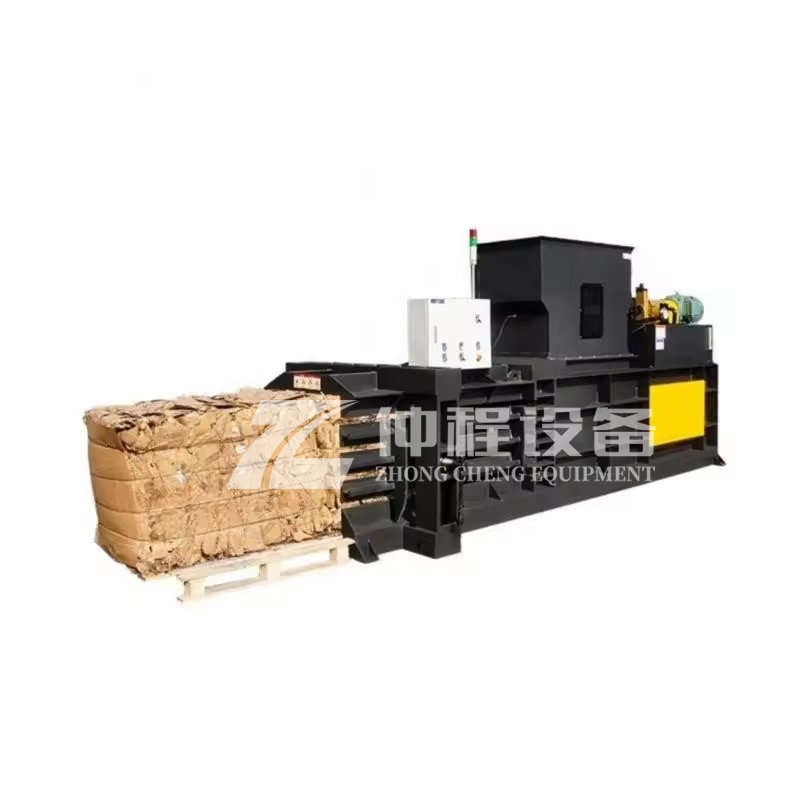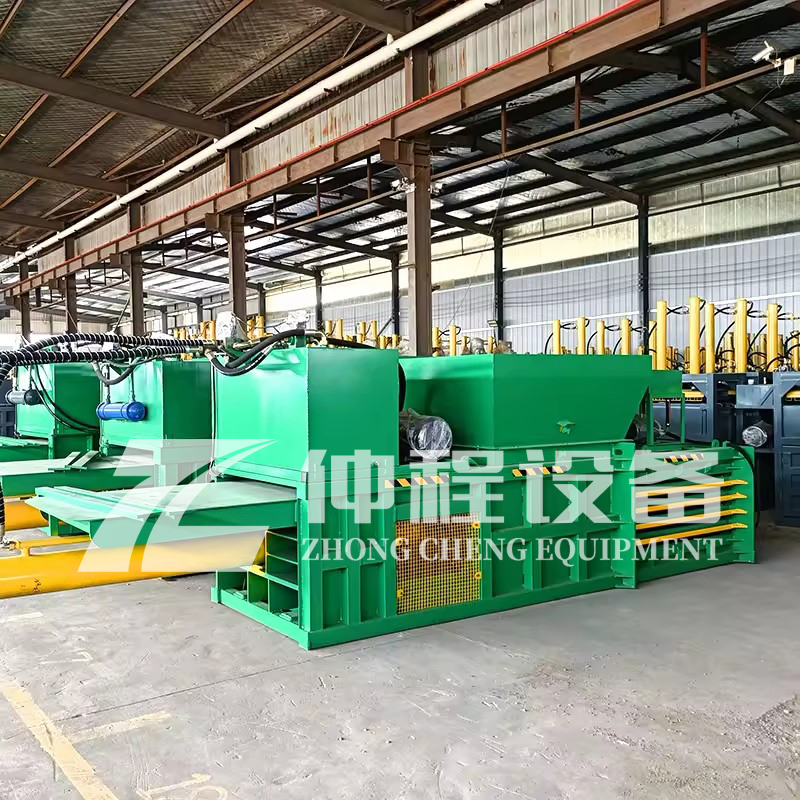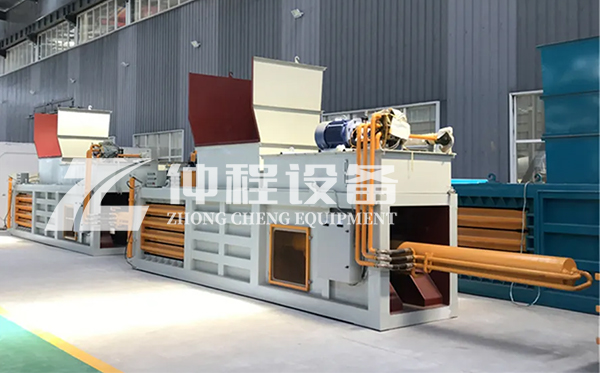Understanding Horizontal Balers: The Key to Efficient Waste Management and Recycling
Date:2024-11-28
View: Point
Introduction
A horizontal baler, also known as a horizontal baling press, is designed to compress loose materials into compact bales. It's widely used in recycling centers, waste management facilities, and other industries where there's a need for efficient material handling and storage.
Advantages
- Efficiency: High compression rates reduce the volume of waste, making it easier to handle and transport.
- Space Saving: Compact design allows for installation even in limited spaces.
- Versatility: Capable of processing various types of materials, including paper, plastic, metal, and more.
- Automation Options: Many models offer semi-automatic or fully automatic operations, reducing labor costs and improving safety.
- Economic Benefits: By reducing transportation and disposal costs, it provides significant economic savings over time.
Working Principle
The working principle of a horizontal baler involves several key steps:
- Feeding: Loose material is fed into the machine through an opening at one end.
- Compression: A powerful hydraulic system then pushes a platen against the material, compressing it tightly.
- Baling: Once compressed, the material is tied with wires or straps to form a bale.
Ejection: The finished bale is ejected from the other end of the machine, ready for storage or transportation.

Internal Structure
- Frame: The main structure that supports all components.
- Hydraulic System: Consists of pumps, cylinders, and valves responsible for applying pressure to compress the material.
- Platen: The moving part that directly applies force to the material during the compression process.
- Tying Mechanism: Responsible for securing the compressed material into a bale using wire or strap.
Control Panel: Allows operators to control the machine, including starting, stopping, and adjusting settings.

Application Industries
- Recycling Industry: For managing and processing recyclables like paper, cardboard, plastics, and metals.
- Waste Management: To reduce the volume of municipal solid waste (MSW) before disposal or further treatment.
- Manufacturing: In factories, to manage production waste efficiently.
- Retail & Distribution Centers: For dealing with packaging materials and returns.
Agriculture: For baling hay, straw, and other agricultural by-products.

Zhongcheng Machinery Will Be There Whenever Wherever Whatever You Need
You Are Welcome to : phone call, Message, Wechat, Email& Seaching us, etc.
Email:
sales@zchmachinery.com
Whatsapp/Phone:
+8618738194110
hot Products
-
 Trommel screenTrommel screen, also known as drum screens, are widely used in various industries for sorting and separating materials.Get Quote
Trommel screenTrommel screen, also known as drum screens, are widely used in various industries for sorting and separating materials.Get Quote -
 Crop straw double shaft shreddApplications:Biomass Energy Production: Shredded straw can be used as a feedstock for bioenergy plants to produce electricity or heat.Livestock Feed: Reduced-si...Get Quote
Crop straw double shaft shreddApplications:Biomass Energy Production: Shredded straw can be used as a feedstock for bioenergy plants to produce electricity or heat.Livestock Feed: Reduced-si...Get Quote -
 Zhongcheng Air Drum SeparatorAir drum separators effectively separate lightweight materials (e.g., plastics, paper) from heavier materials (e.g., metals, glass). This high efficiency is cru...Get Quote
Zhongcheng Air Drum SeparatorAir drum separators effectively separate lightweight materials (e.g., plastics, paper) from heavier materials (e.g., metals, glass). This high efficiency is cru...Get Quote
relate news
-
2024-05-28Garbage screening drum screenTrommel screen is consisting of five parts: drum, frame, hopper, reducer and motor.After the material goes into the drum, it is screened along with the rotation...
-
2024-04-13Vibrating FeederA vibrating feeder is a mechanical device used to convey materials, typically in bulk, from one location to another in a controlled manner. This equipment is co...
-
2023-01-13Bag OpenerBag opener or bag opener system is a mechanical device used to automatically open and empty bags containing bulk materials. This system is commonly used in indu...
-
2024-08-22Medical waste shredderWorking Principle:Feeding Mechanism: Medical waste is fed into the shredder through a hopper or chute. The feeding mechanism ensures that the waste is introduce...
-
2024-06-07Zhongcheng Air Drum Separator in MSWAir drum separators effectively separate lightweight materials (e.g., plastics, paper) from heavier materials (e.g., metals, glass). This high efficiency is cru...



